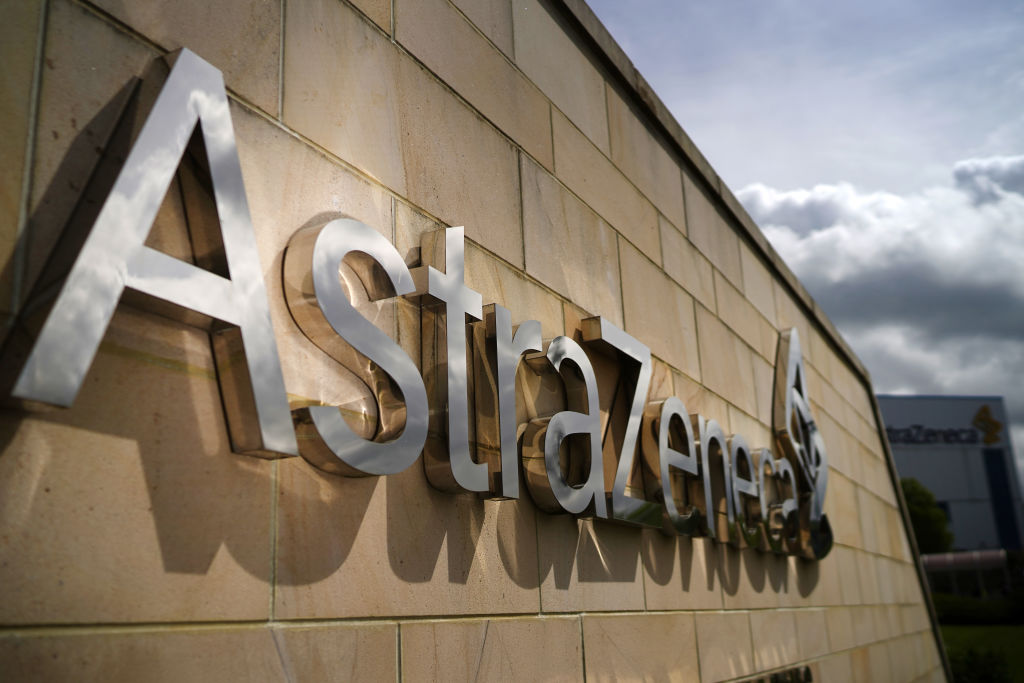Cempra (NASDAQ:CEMP) CEO Prabhavathi Fernandes speaks with urgency these days, particularly when discussing the antibiotics compounds her company plans for new drug applications in 2015.
The Chapel Hill, North Carolina company spent last year seeking a large pharmaceutical company to take into late-stage development the two investigational antibiotics compounds treating drug-resistant bacteria. But Cempra ultimately opted for an initial public stock offering. A deal with a large pharma can take up to a year to complete, so it made no sense to wait, Fernandes said. If a partnership happens, fine. If not, the IPO would allow Cempra to keep its compounds moving along.

With the Rise of AI, What IP Disputes in Healthcare Are Likely to Emerge?
Munck Wilson Mandala Partner Greg Howison shared his perspective on some of the legal ramifications around AI, IP, connected devices and the data they generate, in response to emailed questions.
“Every day has value,” Fernandes said in an interview with MedCity News.
Cempra, which does not yet have any commercialized products, ended 2011 with a net loss of $25 million, up from $22.9 million in 2010, according to the company’s 2011 financial report released today. The wider loss was attributed to an increase in R&D expenses for CEM-101, a compound being developed to treat community-acquired bacterial pneumonia.
In phase 2 results released last September, CEM-101 was just as effective as currently available antibiotic levofloxacin, a product that became a blockbuster drug for Johnson & Johnson (NYSE:JNJ). The antibiotic is currently the standard of care for community-acquired bacterial pneumonia. Marketed as levaquin, the product peaked at $1.6 billion in 2007. Levaquin revenue has fallen dramatically in recent years; its last patent expired in 2011.
Weighing in CEM-101’s favor are clinical results that showed the compound did not produce the same safety risks as levofloxacin, which carries a block box warning. Cempra spent $16.8 million on research and development in 2011. With two compounds set to start a new set of clinical trials, R&D expenses will ramp up again this year.

A Deep-dive Into Specialty Pharma
A specialty drug is a class of prescription medications used to treat complex, chronic or rare medical conditions. Although this classification was originally intended to define the treatment of rare, also termed “orphan” diseases, affecting fewer than 200,000 people in the US, more recently, specialty drugs have emerged as the cornerstone of treatment for chronic and complex diseases such as cancer, autoimmune conditions, diabetes, hepatitis C, and HIV/AIDS.
Including the over-allotment option, Cempra’s February stock offering raised $54.7 million. The company also drew half of a $20 million loan. In addition to CEM-101, Cempra is also developing another compound, called Taksta, to treat bacterial infections in prosthetic joints. Both clinical programs are fully funded. But the prosthetic joint infection indication marks a slight change of plan for Cempra.
When Cempra initially filed its IPO plans last October, the company planned to raise about $86 million. That amount would fund phase 3 studies on both CEM-101 and Taksta, which had finished phase 2 studies in skin infections such as MRSA (Methicillin-resistant Staphylococcus aureus).
But Fernandes said that as the company was drawing up its registration statement, it decided to study Taksta in prosthetic joint infections. Skin infections already have many treatments available. Fernandes said Taksta has the better chance of differentiating itself as a treatment for prosthetic joint infections; in the United States, there are no U.S. Food and Drug Administration-approved antibiotic treatments for that indication. For many patients who have these infections, the only option is a second surgery.
“It’s a big unmet need today,” she said.
The active ingredient in Taksta is fusidic acid, a compound that has approval in Europe and other markets around the world. Fusidic acid has been used to treat chronic joint infections in Australia and Switzerland. Fernandes said that Cempra could handle the sales and marketing of the antibiotic in the United States. But the company would need a partner for CEM-101, which Fernandes said could become a blockbuster drug worldwide. The phase 3 study of an oral version of CEM-101 is expected to start in the second half of 2012. A phase 2 study of that compound in another indication, urethritis, is scheduled to start in the second quarter. Taksta’s phase 2 study in prosthetic joint infections is scheduled to start in the fourth quarter.
[Photo from stock.xchng user Lesli Lundren]












